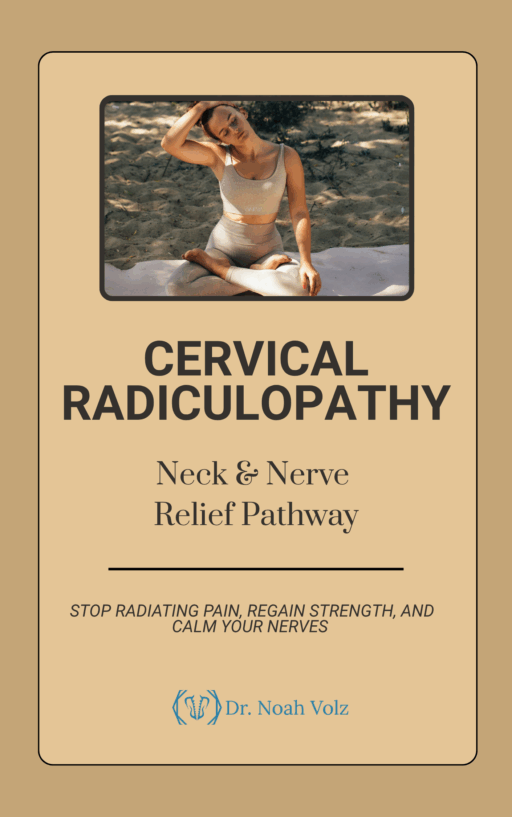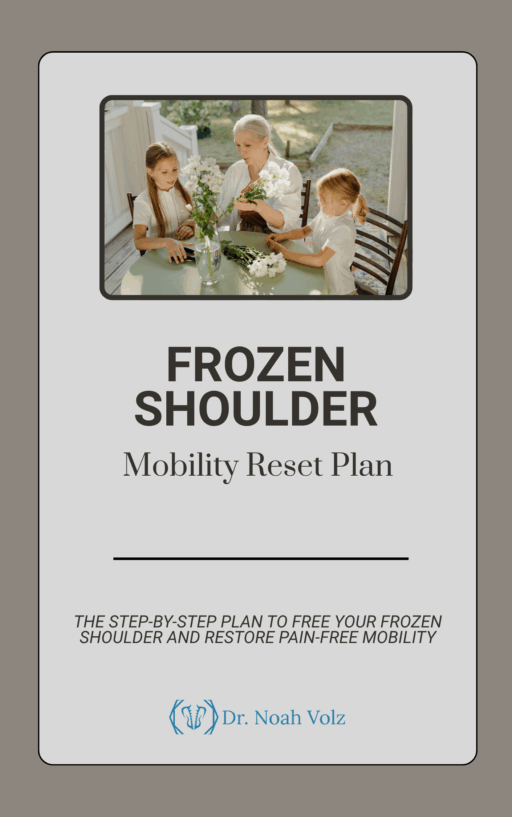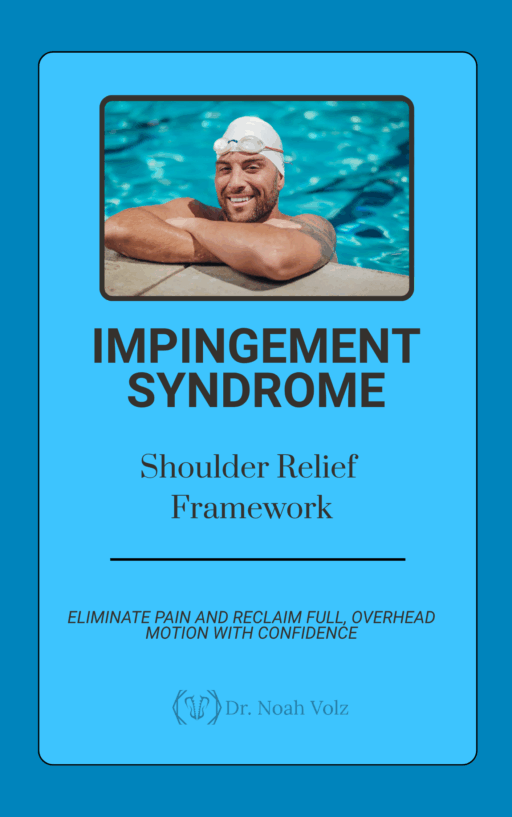As a chiropractor, I’m always fascinated by how our bodies prioritize and coordinate the many functions our muscles have to perform. The diaphragm, our primary breathing muscle, is a perfect example. It has to contract rhythmically for respiration but also helps stabilize the spine and regulate abdominal pressure during postural activities. Normally, the diaphragm is able to juggle both of these roles. But what happens when respiratory demands increase, as during exercise?
A compelling new study by Hodges, Heijnen and Gandevia has shed light on this question. The researchers had healthy subjects perform a repetitive arm movement task to challenge their postural stability while breathing normally and then again while breathing air with higher CO2 levels to increase respiratory drive. Here’s what they found:
The Postural Duties of the Diaphragm Get Downgraded
Under normal breathing conditions, the diaphragm’s activation included both rhythmic contractions for breathing as well as sustained postural activity and short bursts timed with each arm movement. However, when subjects inhaled higher CO2 levels for just 60 seconds, the postural activity was dramatically reduced or even abolished, while the respiratory activity ramped up.
This was not an isolated finding either. The abdominal muscle transversus abdominis, an important postural and respiratory muscle, showed a similar shift in priorities away from postural activation. In contrast, erector spinae, a key back muscle, maintained its postural duties during the increased respiratory demand.
Mechanical Consequences and Spinal Stability
The researchers also measured intra-abdominal pressure as a marker of the spine’s mechanical stability. The pressure’s postural modulation during arm movements decreased in parallel with the diaphragm’s declining postural activity. While spinal motion was not directly measured, these findings suggest that spinal stability could be compromised when breathing demands rise and the diaphragm has to prioritize ventilation over posture.
Potential Neural Mechanisms
What causes this trade-off between the diaphragm’s postural and respiratory duties? The authors propose that the increased central respiratory drive from the brain centers controlling breathing may inhibit or “gate” the postural input to the phrenic nerves that activate the diaphragm. This gating likely occurs upstream of the motor neurons themselves. It allows ventilation to be maintained as the top priority when needed.
The Bigger Picture for Spine Health and Performance
The body’s seeming inability to fully maintain the diaphragm’s postural duties during increased respiratory demand may have important functional implications. It suggests that spinal stability could be compromised during strenuous exercise, potentially increasing injury risk. The same could hold true for individuals with respiratory disorders that increase the drive to breathe.
However, the study also raises the possibility that other postural muscles, like the abdominal obliques and erector spinae, or increased overall spinal stiffness could help compensate. There may also be advantages to timing breathing with the phases of repetitive movements.
As a clinician interested in optimizing spinal health and physical function, studies like this highlight the complex interplay of our muscular system and the body’s ingenious strategies for adapting to competing demands. By understanding these mechanisms, we can develop more nuanced approaches for maximizing both performance and resilience. While more research is needed to fully elucidate the implications, this study provides an intriguing piece of the puzzle.
If you are dealing with back pain or are concerned your breathing mechanics may be impacting your spinal health, I encourage you to reach out. Together we can assess your individual situation and implement targeted strategies to optimize your function. In the meantime, remember to stay active and breathe easy!
References:
Hodges, P. W., Heijnen, I., & Gandevia, S. C. (2001). Postural activity of the diaphragm is reduced in humans when respiratory demand increases. The Journal of Physiology, 537(3), 999-1008. https://doi.org/10.1111/j.1469-7793.2001.00999.x
-

Bicep Tendon Pain Solution
$50.00 -

Brain Detoxification & Recovery System
$50.00 -

Brain Energy and Endurance Support System
$50.00 -

Brain-Based Movement and Motor Control Training
$50.00 -

Centralized Low Back Pain
$50.00 -

Cervical Radiculopathy: Neck and Nerve Relief Pathway
$50.00 -

Complex Low Back Pain
$50.00 -

Complex Radiating Low Back Pain
$50.00 -

Cross-Pattern Low Back Pain
$50.00 -

Frozen Shoulder Mobility Reset Plan
$50.00 -

Impingement Syndrome: Shoulder Relief Framework
$50.00 -

Mastering Brain Senses: Rebuild Your Hearing, Vision, and Body Awareness
$50.00













